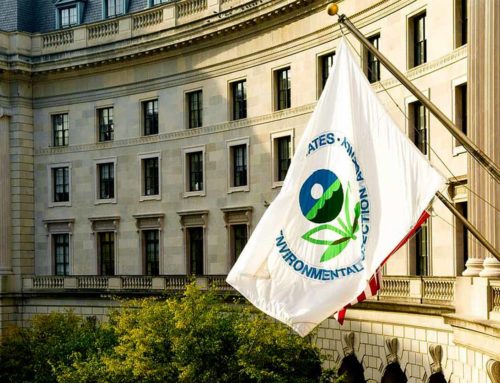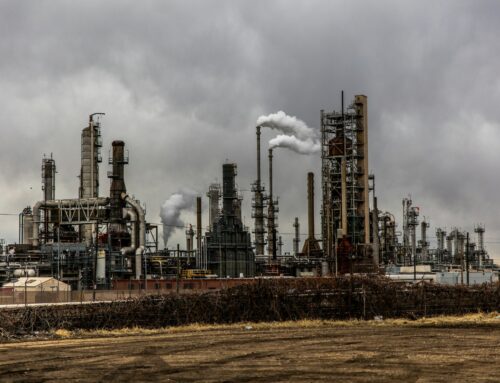Over the past several years, Americans have become acutely aware that our coal industry is changing rapidly – largely as a result of shifting technology in the energy industry and other market forces. The changes have been severe, which has understandably caused concern. Taken in this context, the Department of the Interior’s decision to conduct a comprehensive review of the federal coal leasing program has led to even more anxiety. But the review is warranted and well-timed – and in fact, overdue.
Our coal leasing program has not been evaluated since the Reagan Administration, and as a result, coal companies have been able to take advantage of loopholes in the system, costing taxpayers billions of dollars.
The problems with today’s coal leasing program revolve around three key areas: a lack of competition, problems with valuation, and lack of transparency.

Because of this lack of competition for leases, it falls to BLM to estimate the fair market value of the coal. This process becomes complex and difficult as a result of the fact that tracts have been drawn to maximize profits of the bidder, not the taxpayer.
This already challenging undertaking is then made even more difficult because of the lack of transparency in the process: coal companies identify the tracts of land they wish to lease, then Interior determines – in secret – what the “fair market value” of the coal should be. After the coal is mined, coal companies can undervalue the coal for the purpose of paying royalties by selling it to a subsidiary, which turns around and sells it for a higher price.
Compounding the problem, although the amount and type of information provided on websites vary by state office, BLM generally provides limited information on federal coal lease sales to the public. Because the data and methodology BLM uses to calculate the fair market value are not publicly available, it is difficult for the public to verify the adequacy of BLM’s estimates. The State of Montana, by contrast, releases its fair market value calculations for public review and comment before lease sales.
These aspects of the program are especially important to federal taxpayers who live in states with significant coal production from federal lands, because revenues from federal coal leases are split equally between the federal government and the state in which the coal lease is located. This is obviously an important source of revenue for both the state and federal government during a budget crisis.
The goal of BLM’s review of the federal coal program should be to create a program that strives for transparency and fulfills the fiduciary responsibility of the Department to manage these public resources on behalf of taxpayers. Ideally, once this process of self-evaluation is complete, both the coal industry and the federal coal program will emerge better suited to meet the demands of changing energy markets and ensure a fair return for taxpayers on the federal resources they own.
Ryan Alexander is the President of Taxpayers for Common Sense














Get Social